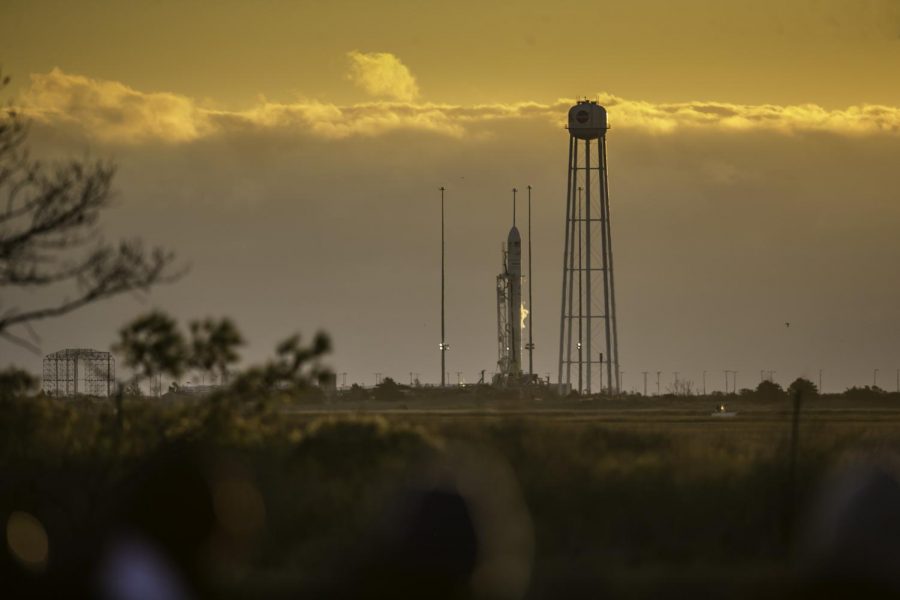Antares Rocket Launched CubeSats into Space
November 5, 2019


Rocket Launches are happening constantly. This past Saturday, November 2nd, an Antares Rocket (1st image above), manufactured by Northrop Grumman, launched into space. The Antares is a medium class rocket used regulatory to transport cargo into space. It was carrying cargo for the space station and other routine supplies, but it was also carrying seven CubeSats into space. CubeSats are small, specialized research satellites that are routinely launched into space aboard cargo type rockets. These seven CubeSats are part of NASA’s CubeSat Launch Initiative. All seven satellites were produced by eight universities, and five of the seven were manufactured and designed by students.
Five if these satellites were selected by NASA through the Undergraduate Student Instrument Project from CubeSats produced by universities around the world. They were also primarily designed and manufactured by engineering and science students. Each satellite is designed to explore and gather data on a different part of the scientific world. Students propose the idea to NASA and NASA chooses the satellite ideas based on their usefulness and relevance to NASA’s ongoing missions.
The eight Universities involved in this project are: Montana State University, Arizona State University, University of Minnesota, University of Washington, University of Florida, St. Louis University, University of Maryland, and Utah State University. The launch was a success and marked another small step towards exploring more about space and the Earth.
All of this scientific exploration is just the next step towards exploring more of our solar system. Many exciting launches and projects are coming up in the future. The Mars 2020 rover is scheduled to launch in July of next year and beyond that NASA and SpaceX have plans to visit the Moon and Mars. This is an exciting new age of space exploration supported by students, professionals, and companies around the world.
Source(s): National Aeronautics and Space Administration


